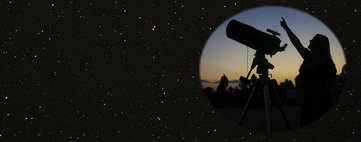Because I’ve not completed my website yet I’ll post a picture of my set-up in the observatory which is located at Leyburn in Queensland, Australia.
Up to two years ago Queensland was experiencing a decade of drought, so astronomy wise we were in seventh heaven, clear skies were nearly always guaranteed every new Moon weekend, but since late 2009 it has not stopped raining. The land is looking green and lush and the bird life has exploded and all the cattle are nice and fat…but when it comes to doing any imaging of the night sky, it’s cloud, cloud and more cloud. And when it’s clear because the grounds so moist a creeping fog arises about 1am every night and washes out all chance of taking any images…mind you, it’s very eerie and spooky being out in the field with all this fog surrounding you and quite a novelty especially when you are from the city….
Back to last weekend, yes the fog did come as usual but not till the early hours of the morning and I managed to get some beautiful shots of the sunrays penetrating through the mist on the field at sunrise…icy cold and very pretty.
Saturday the 3rd August was just a perfect day with a clear blue sky and a promise of a perfect night, and that’s just what it was…a perfect starry night all night long until a little waning crescent Moon rose to bathe its light all over the observing field. The -3 degrees temperature just added to the beauty of the night and the stars shone with a magnificent brilliance that only a dark observing site could reveal.
Please find a couple images below from the weekend, I’m still working on a couple of more images and will post them when I get back from my holidays :-)
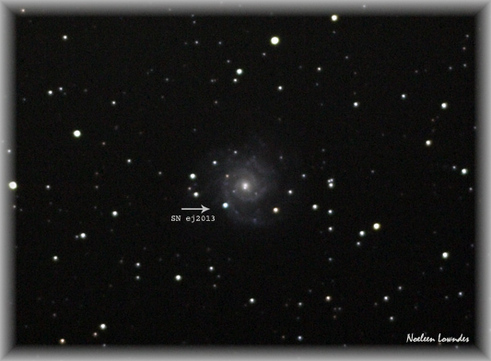 'A star ends its life in a blaze of light’
'A star ends its life in a blaze of light’ This galaxy is over 30 million light years away and contains about 100 billion stars. On the morning of the 4th August when I took this image, I found it quite unbelievable that you could capture the brilliant light from this explosive event that’s ended in the life of a mighty star…now that’s just amazing!
Image taken at my Stardust Observatory with a Meade ED 80 refractor telescope and a Canon 40D camera with 13x4 minute images stacked in Deep Sky Stacker, cropped and lightly processed in PS CS4…It’s my first Supernova image :-)
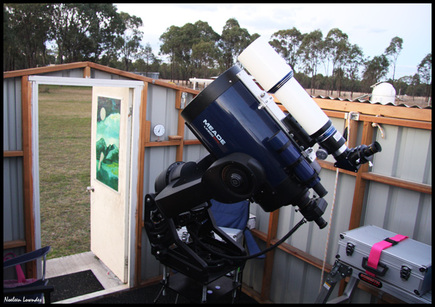
Canon 40D camera with Canon 18-55mm lens @ 22mm set at F3.5.
One image at 15-second exposure & ISO 1600.
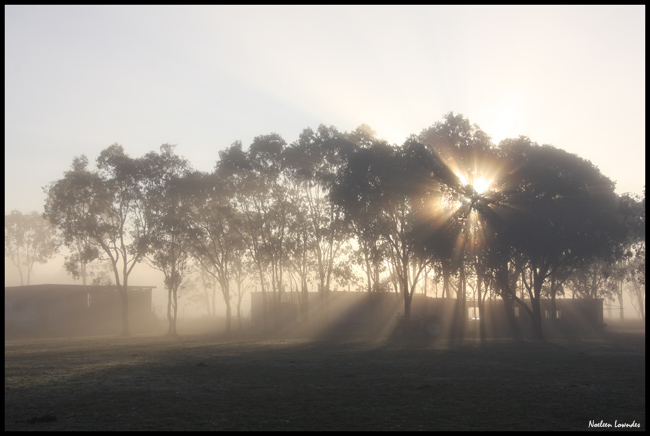
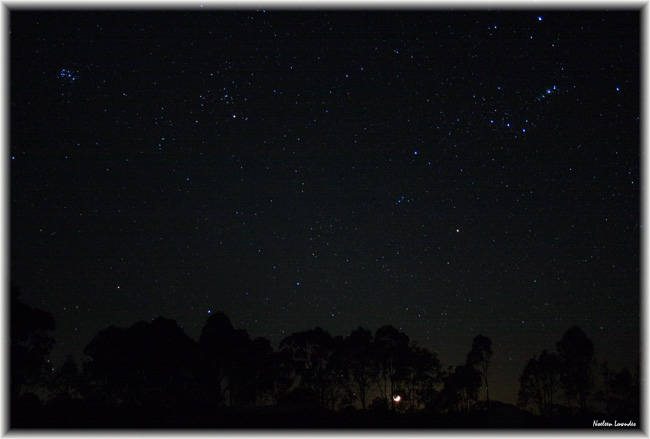
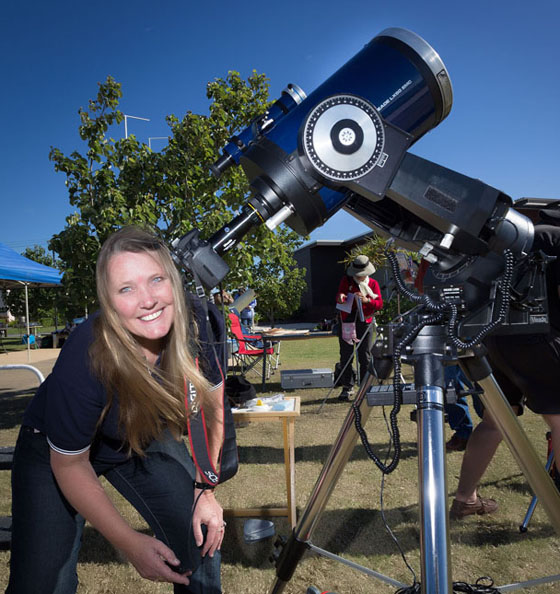
 RSS Feed
RSS Feed
